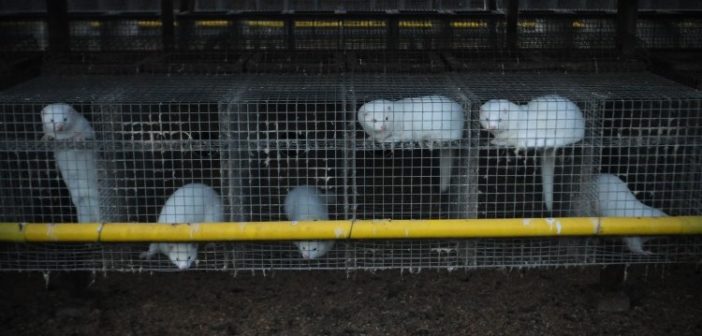Written by Tina Warren, Burlesque Performer and Scotland for Animals Co-Founder
I love beautiful clothes and I love beautiful animals. I’m vegan and so don’t wear animal materials. Animals are not ours to wear, walk on or carry our possessions in. Before animal products reach the shops, the animals have lived lives of misery, pain, boredom and fear.
Despite vegan stereotypes of hand-knitted jumpers and hemp, you can dress fabulously and not hurt animals.
Before any clever clogs finger-wag at us, yes, of course nearly everything we wear hurts animals at some point in its manufacture. For example, there are lots of non-leather shoes out there, but the glue is probably made from animals. It’s not perfect, but it’s a pretty-shoed step in the right direction.
Fur
We all know fur is cruel. So cruel that the Scottish Parliament banned fur farms in 2002, which was a proud moment. Even prouder, the last fur farm in Scotland closed years before that, in 1993. But madly, we still import the cruelty from other countries. Animals are skinned alive. Driven to madness on cramped fur farms, then electrocuted. Caught in wild traps so they gnaw off their own legs. Poisoned, drowned, driven towards extinction. Baby animals bludgeoned. Many kinds of animals are killed for fur. If you have a particular fondness for cats and dogs, then know that their skins are often used too, but labeled as other animals.

Many think it’s acceptable to wear vintage fur as it can be seen as recycling, and the animal died decades ago. But I don’t agree. Wearing any fur is still promoting real fur as a luxury item and making the statement that it’s ok to wear it. If you already own or inherit a real fur item, you could do what film star Doris Day did with her many furs and give them to dog shelters for beds.
How to spot real fur
Fake furs are so realistic these days that it can be difficult to tell the difference between that and real fur. Sometimes an item will be labelled as fake when it is actually real. Unfortunately, sometimes if you ask a shop assistant if it’s fake they will just tell you whatever you want to hear.
Try to see to the back of the fabric, which can make it easier to see if it’s animal skin or synthetic.
Put your fingers down to the bottom of the fur. This can sometimes make it more obvious if it’s fake or real. Animal fur is very dense.
Pull out just 2-3 strands and carefully burn them with a lighter. Real fur will smell like burnt hair. Fake fur will smell more like melted plastic.
Fake furs are of magnificent quality these days and can be found everywhere. I wear fake furs and quite often have “Cruella” shouted at me, which I’m very pleased with: pleased my fake furs look real, and pleased that people are willing to stand up to fur wearers.
Leather
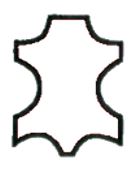
Leather is just as cruel as fur. Every year, the global leather industry slaughters more than 1 billion animals, and Great Britain makes 600 million pounds on leather sales every year. Leather from Asian countries such as India and China often comes from animals whose throats were cut and whose skin was ripped off while the animals were still conscious. Leather here in the United Kingdom mainly comes from cow skin, but it can also be from zebra, salmon, kangaroos, seals, crocodiles, snakes, lizards, ostriches, dolphins, toads, kangaroos, goats and pigs. Soft leather comes from calves, and the softest leather comes from unborn calves whose mothers have been slaughtered.
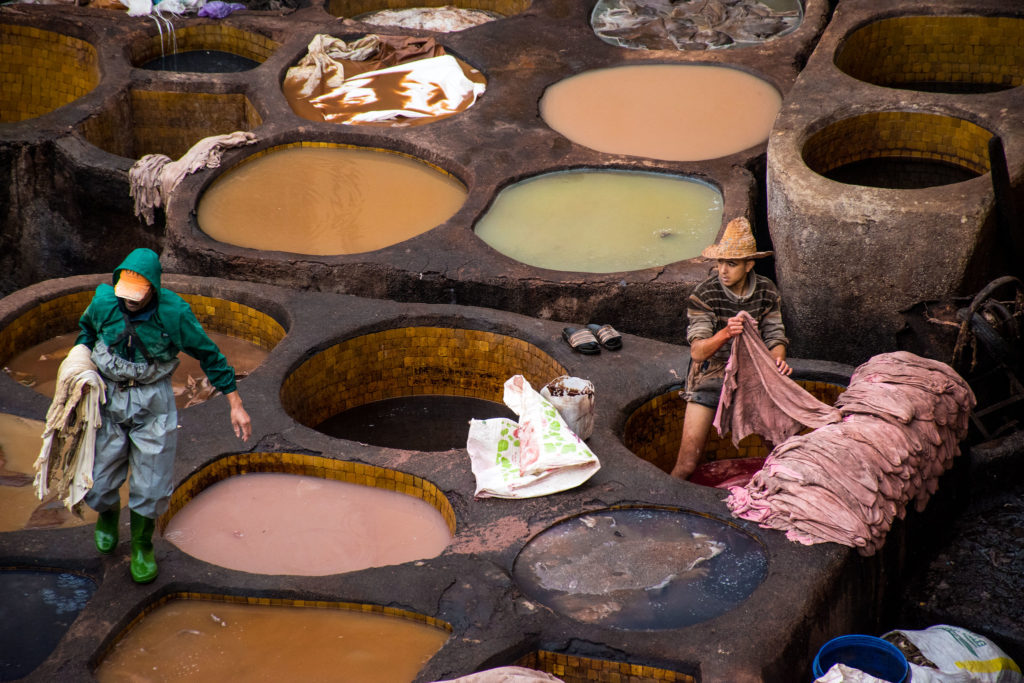
It’s not just the animals who suffer. Each time you buy a new pair of leather shoes you are responsible for using as much water as having a bath every day for over 40 years. Tannery workers are regularly exposed to highly toxic chemicals and have an increased risk of suffering from melanoma and skin, kidney, bladder, testicular, lung and pancreatic cancers.
Avoid anything that says leather, suede or chamois. Cow skins are in fashion at the moment too and should be avoided. Other words for animal hides are vellum, deacon, doeskin, sheepskin, kid/kidskin, lambskin, latigo leather, grassers, hide, parchment, pigskin, skin, slunk and patent leather.
Silk
3,000 silkworms die to make every pound of silk. There are humane alternatives invented, but I never come across any of these when shopping. Many products may actually be man-made silk alternatives, but the manufacturer won’t say that as it may be considered inferior. So in the meantime, I just don’t buy it. However, there are lots of quality garments out there that feel and look beautiful and sensuous but which are not silk.
Feathers
This is seldom, if ever, discussed by animal welfarists. Most feathers garments are made from dead animals, often animals that are bred for their meat, such as ostriches. Very rarely are they made from feathers that are naturally shed. Information is difficult to come by on the subject of feathers. From my own point of view, if there’s money to be made from animals there will nearly always be cruelty involved.
Feather down harvested from ducks and geese is particularly cruel. As much as 5 ounces of feathers and down are pulled from each bird every six weeks from when they’re 10 weeks old until they are up to 4 years old. I don’t know if they do this with peacocks and other popular feather machines. I can only assume that they would if they could make more money out of them. Most feather items available are made from slaughtered chickens.
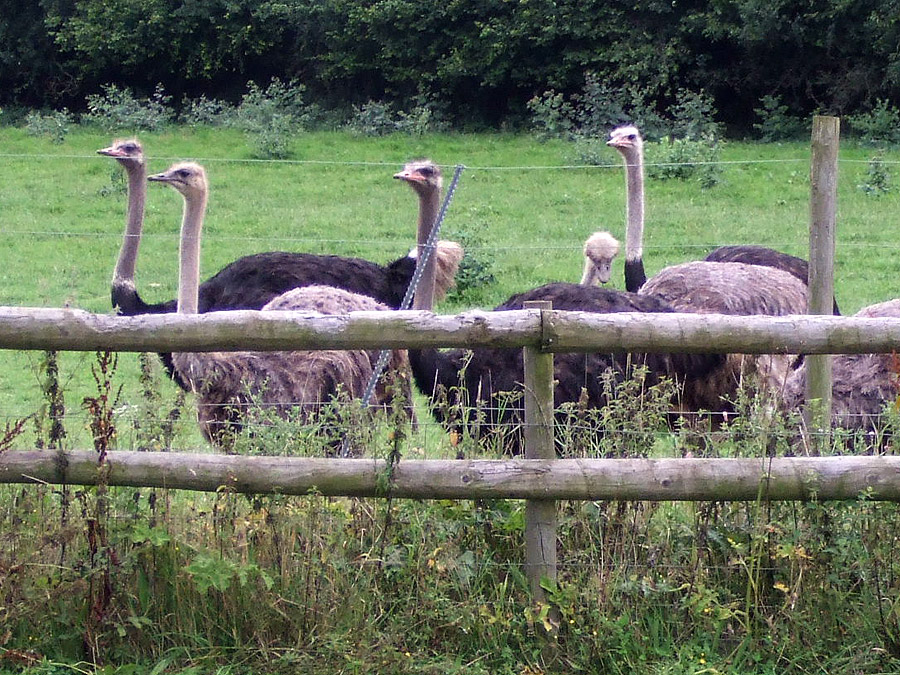
The feathers are plucked from an ostrich every 7-10 months. Birds have a hood put over their heads and are immobilised in a wooden V-shaped structure while feathers are cut off. That, believe it or not, is the kindest way to harvest their feathers. The other method used on ostrich farms, to ensure quality leather skins, is to remove the ostrich feathers by hand, pulling the feathers one-by-one out of their skin with pliers while the bird is alive.
My twin sister and I are burlesque performers but we never wear feathers. It pushes us to be more creative and we’re always complimented on our fabulous costumes.
Cruel wool
Sheep have evolved to grow just enough wool for protection from the cold and to keep cool in the summer. Wild sheep do not need to be sheared. Their time of shedding occurs when it is of benefit to them. Farmed sheep can often be shorn at times not suitable for the animal. Sheep are very sensitive to temperatures after being shorn, and millions of sheep die from exposure after premature shearing. Flies feed on shearing wounds or the thin, exposed skin, which delays wound healing. Sheep are also dehorned, castrated and tails docked without anaesthetic. Female sheep are used like breeding machines.
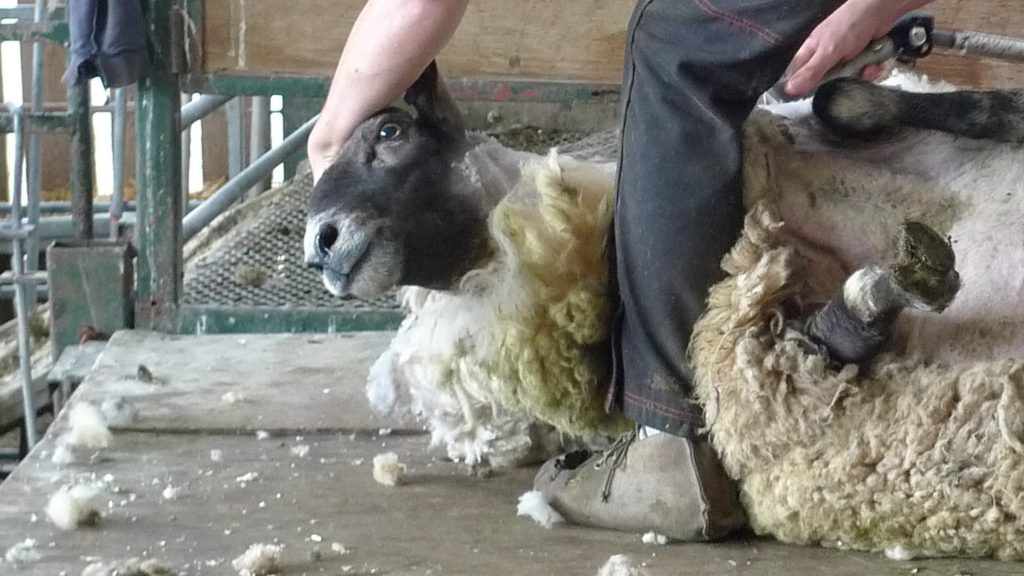
More than 80% of the world’s clothing wool comes from Australia. Many animals there suffer from lice, fleece rot and foot rot, which is as painful as it sounds. Millions of slow agonising deaths are caused by infestations of flystrike, where the sheep’s flesh is slowly consumed by thousands of swarming maggots. The sheep become so distressed they cannot eat, drink or sleep. Sheep can die within a few days from this affliction but many linger for up to several weeks, often in the burning sun without access to shade.
Lambs are forced to endure a gruesome procedure called mulesing, in which huge chunks of skin and flesh are cut from the animals’ backsides, without any painkillers. Some big companies such as H&M and Hugo Boss have boycotted Australian wool for this reason. Millions of these sheep are then shipped on crammed ships to the Middle East where animal welfare standards are non-existent. These journeys can last for months. The sheep are dragged off the ships, loaded onto trucks, and dragged by their ears and legs to unregulated slaughterhouses, where their throats are slit while they are still conscious.
It’s not only sheep who suffer for wool. Angora wool is made from angora rabbits, while mohair and cashmere come from goats.
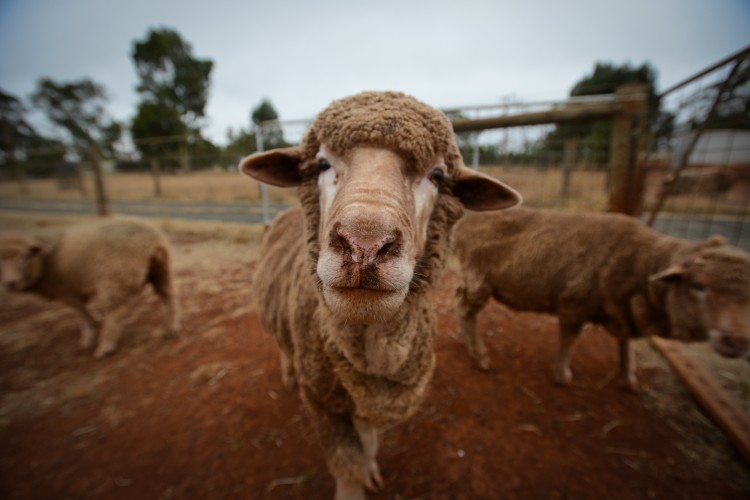
There are many wool alternative products in the shops. Check the labels of clothes. Avoid anything with the words wool, wool mix, wool blend, merino wool, gabardine, crepe, tweed, angora, alpaca, boucle, gabardine, cool wool, crepe, cashmere, flannel, melton, camel hair, jersey, mohair or worsteds.
Other good reasons not to wear wool: it can be itchy, it shrinks in the wash, it’s trickier to launder generally and moths find it tasty.
Look out for humane alternatives such as viscose, nylon, polyester and cotton. They’re not as cheap and nasty as they may sound. Great improvements have been made in these materials. Get with the times.
Other animal products
There are other clothing and accessories materials that are made from animals to watch out for. Ivory is made from elephant tusks. Tortoiseshell, perhaps obviously, comes from the shells of turtles and tortoises. Astrakhan pelts are made from newborn or even fetal karakul sheep. Pearls may be beautiful if you discount where they come from, but as with many animal-derived fashion item, there are beautiful imitations out there. Stay beautiful!
Featured image: mink in cages on a Swedish fur farm. Image credit Jo-Anne McArthur / Djurrattsalliansen.

